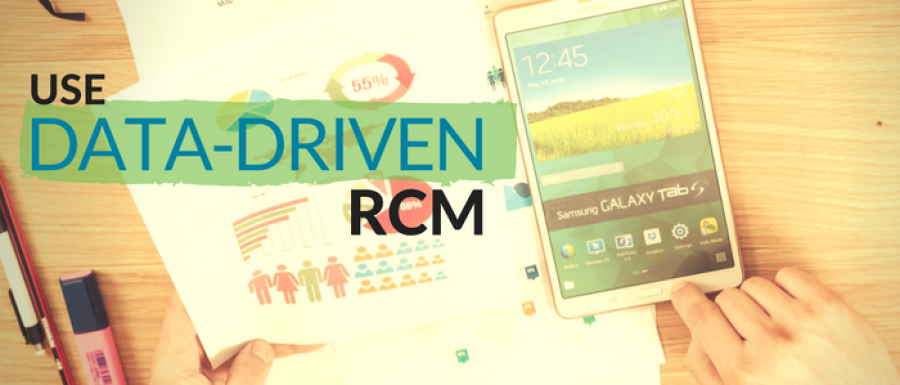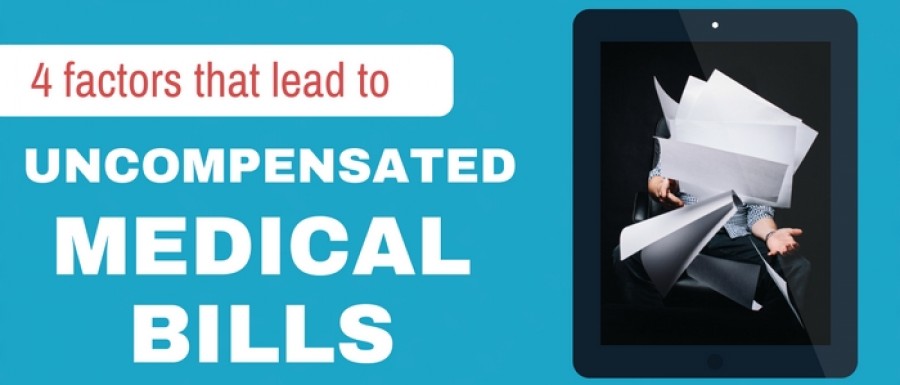
Millennials will soon overtake the Baby Boomers and be the largest demographic in the healthcare industry. Therefore, patient collection strategies should be aligned with the millennial patients in mind to recoup medical charges and bills.
Technology Savvy
As a millennial, their age dictates that they are very technology savvy and they use all types of technology to make their lives easier including using many apps on their mobile devices. Having mobile apps for paying bills gives millennials more control over their healthcare. Mobile apps that help them track their preventative care, appointments and health records allow them more freedom and management. Some healthcare organizations have a payment estimator or a list of common procedures on their website that can be used by patients to determine what amount they may owe at the time of service and what amount they will be billed for services.
Millennials also want to know exactly what portion of a doctor’s visit they are going to need to pay. Most will request estimates before they will even undergo treatment or procedures.
Fixed Income
Millennials are young persons that are just beginning careers and are on a fixed income, just as senior citizens. They may not be able to secure cash or credit for a loan to pay expensive medical bills. Many have steady jobs and health insurance through work, but may not have savings to pay for medical bills.
How to collect more from patients
Transparent Pricing
This demographic cares a lot about the patient experience and the financial experience as well. They want transparent pricing in advance, convenience and personalized payment plans to match their income and ability to pay medical bills. Millennials also enjoy the ability to receive electronic statements and the ability to make scheduled payments online instead of traditional bills through the mail. Most health practices post signs near the front desk stating what charges are due at the time of service, such as co-pays. This posts an expectation of payment for all patients to establish a clear payment procedure. This eliminates stress for the patients and the staff as well.
Communication
Proactive communications with millennials greatly increases your ability to collect their portion of medical bills that is not paid by insurance. They feel the need to be able to plan payments in advance in order to pay on their accounts.
Payment Plans
Payment plans should be tailored to resolve medical bills. Being flexible and offering a plan that is reasonable for a patient, but one that also meets your organizations financial commitments and policies can increase payments from millennials by a large percentage. You can also consider offering a discount to uninsured or underinsured patients to promote patient collections. Receiving a smaller portion of payment is much better than receiving no payment whatsoever.
Everything you need to know about getting paid today
Detailed Statements
All statements, whether in the paper form or electronic, should be very detailed with line items for explanations on each charge listed separately. If a patient isn’t sure what a charge is for, they are less likely to pay it quickly. You should also have a designated employee who is trained on all of the charges and what they mean. This employee would be responsible for fielding any questions a patient may have on their bill and able to spend time with a patient either on the phone or in person in the office to promote collections.
Larger Premiums
Medical practices are seeing increasing numbers of patients that have high-deductible healthcare plans that require larger patient balances to be collected. Some millennials struggle to pay their premiums and even more to pay medical bills.
The Affordable Care Act gained popularity and many millennials secured insurance through this program that have never had health insurance due to the cost. If they chose a Bronze plan, it has the most affordable payments, but it also has the highest out of pocket costs, which must be collected by a healthcare provider. With annual deductibles that may be more than $6,500 for a single person, they may not seek medical care when needed because of the cost.
Payment Methods
Millennials usually wish to pay office costs with a debit or credit card. Many use Apple apps to make payments and trust in mobile payment plans. Providing a payment technology that is on your website and accepts mobile payments enables patients to make payments online easily. Payments can be accepted at any time of the day or night when the patient has the time and funds to do so.


